In the field of temperature measurement, thermocouple sensors are widely used due to their high accuracy and stability. The 191 series thermocouple sensors are particularly good at measuring temperature in narrow spaces or curved pipes due to their bendable characteristics. However, when such sensors are bent, people often have doubts about their measurement accuracy. This article will explore the changes in the measurement accuracy of the 191 series thermocouple sensors after bending from the aspects of the working principle of thermocouples, the impact of bending on sensors, and considerations in practical applications.
Thermocouple Working Principle and Accuracy Foundation
Thermocouple is a temperature measurement instrument based on the thermoelectric effect. It measures the potential difference generated by the thermocouple connected by two different metals when the temperature changes to infer the temperature value. This principle ensures high-precision measurement of thermocouples in a straight line state. However, when the thermocouple is bent, its circuit structure may change, which in turn affects the accuracy of the measurement.
Effect of bending on sensors
1. Length change: The bending of the thermocouple will change its length, which may affect the size of the thermoelectric potential. But according to the working principle of the thermocouple, as long as the length change is within an acceptable range, its impact on the measurement accuracy will be minimal.
2. Potential distortion: Bending may also produce potential distortion, causing the electrical properties of the thermocouple to change at different locations. This distortion may cause inaccurate local temperature measurement, but overall, its impact on the entire measurement system is limited.
3. Electromagnetic field influence: Bending may also affect the distribution of the electromagnetic field, thereby affecting the magnetic field induction intensity. However, in the measurement of thermocouples, the impact of the electromagnetic field is usually small and can be weakened by appropriate shielding and grounding measures.
Considerations in practical applications
In practical applications, in order to maintain the measurement accuracy of the 191 series thermocouple sensor after bending, the following points need to be noted:
1. Choose a suitable bending radius: avoid excessive bending that may cause sensor damage or performance degradation.
2. Appropriate installation position: ensure that the sensor can fully contact the object being measured to reduce heat conduction errors.
3. Reasonable calibration and maintenance: Calibrate and maintain the sensor regularly to ensure its stable and reliable performance.

 English
English русский
русский 简体中文
简体中文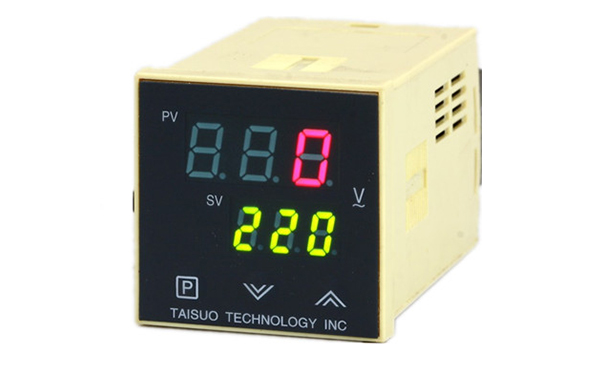
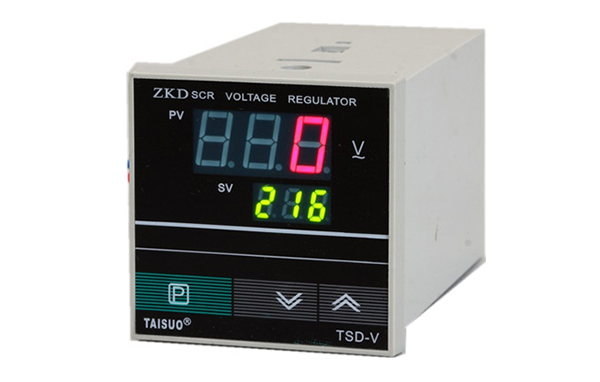
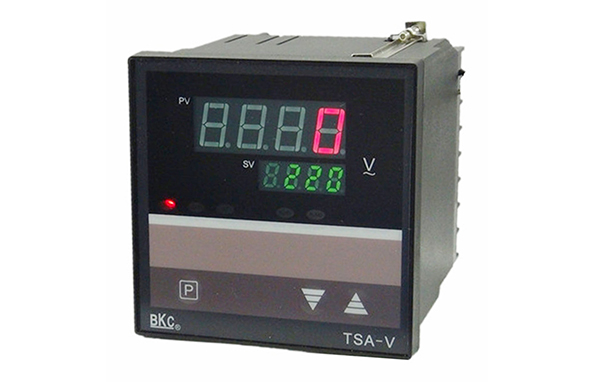


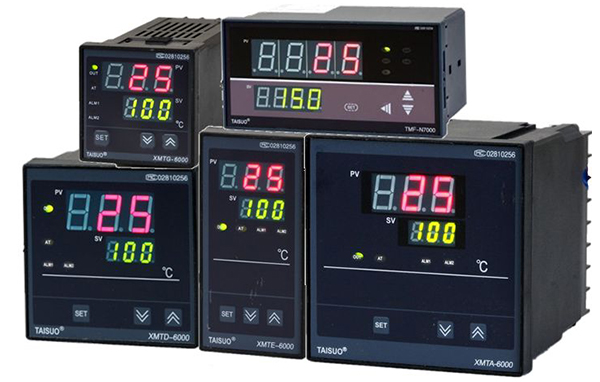
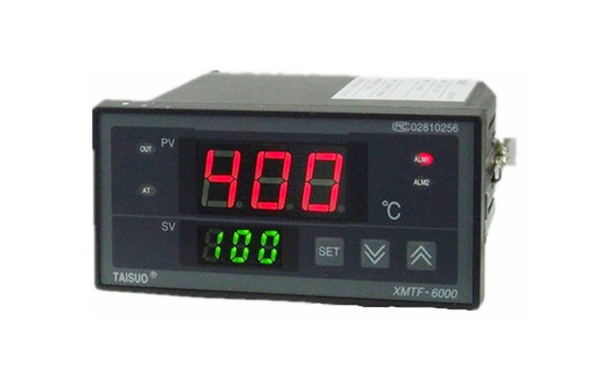
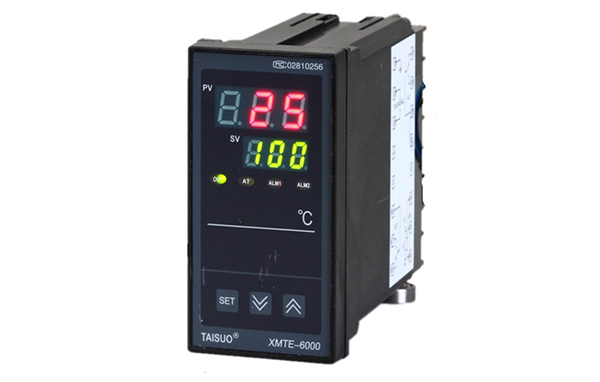
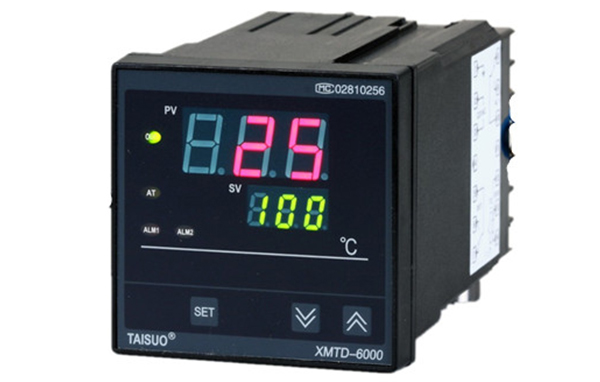

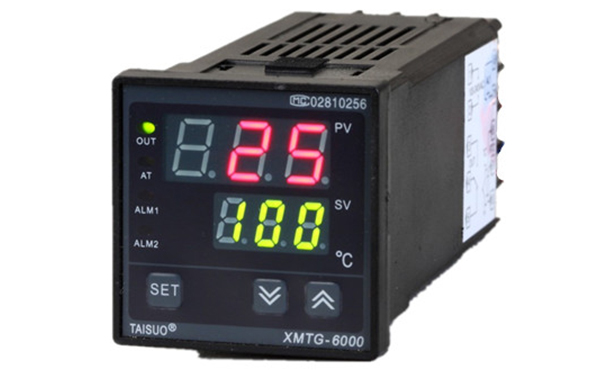


 Ins: tai_suo
Ins: tai_suo

